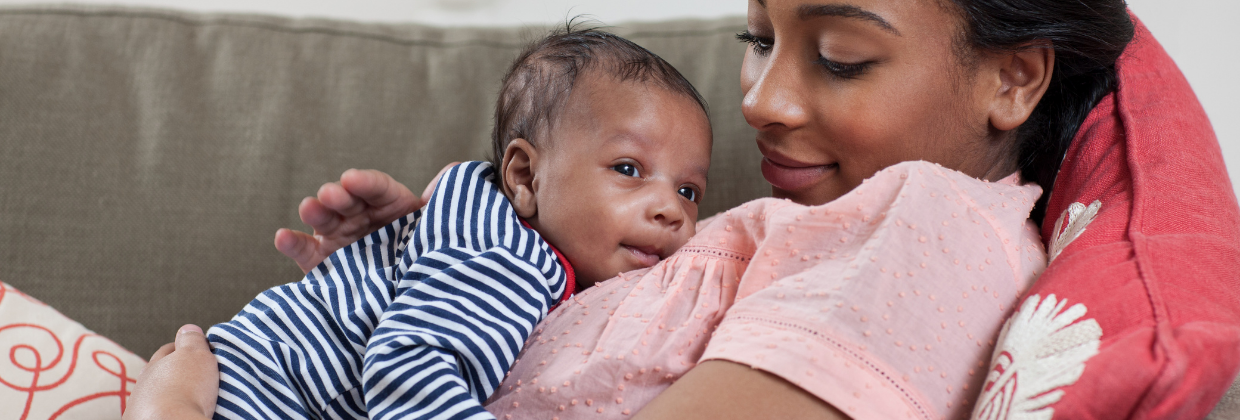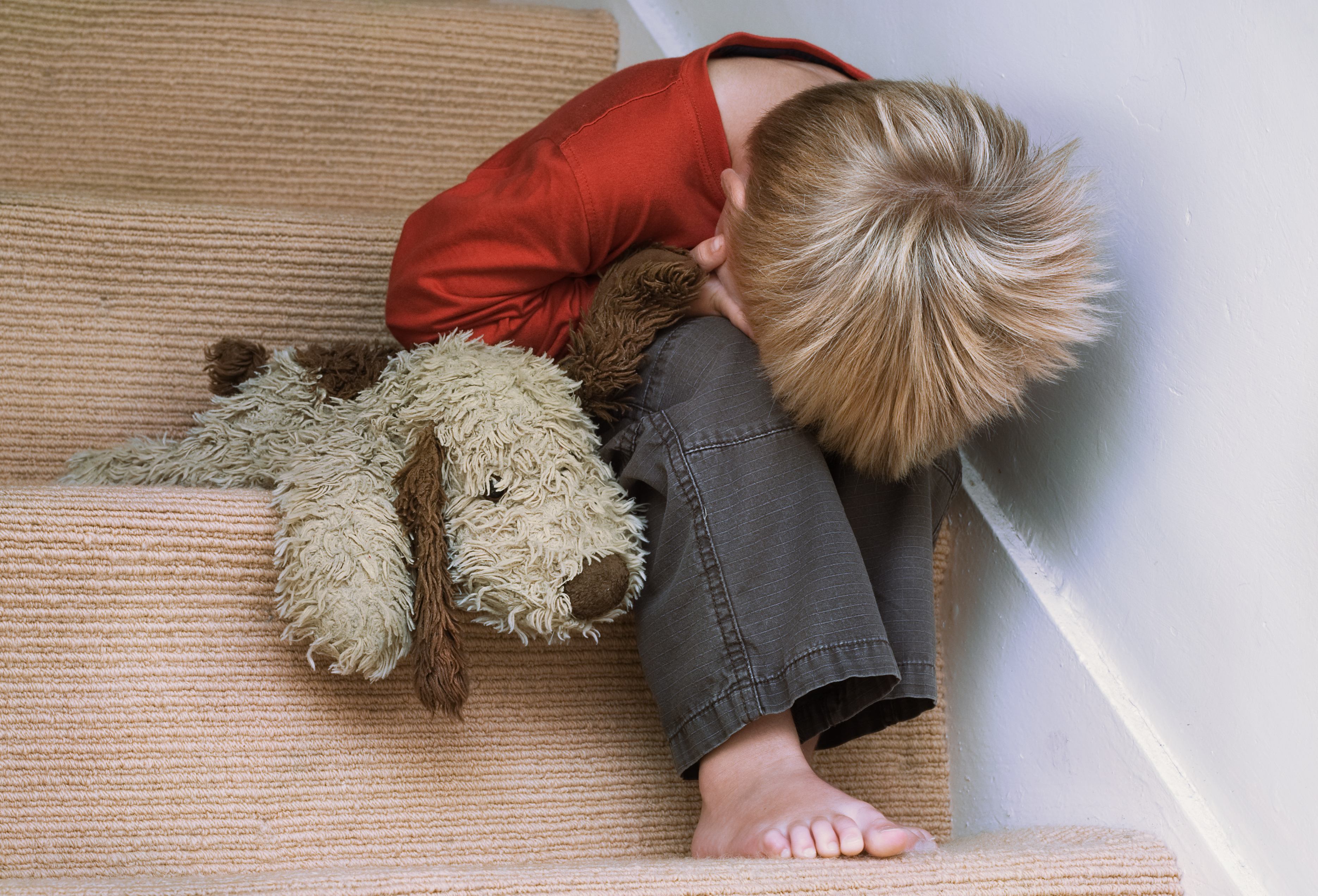NEWS RELEASE
October 3, 2022
For immediate release
Media contact: Cara Scarola Hansen
Center for Child Counseling Public Relations Counsel
cara@yourmissionmarketing.com
Center for Child Counseling Merges with KidSafe to Fight Sexual Abuse
Merger elevates kids’ safety in the fight against adverse childhood experiences, particularly preventing and treating sexual abuse.
 Center for Child Counseling (CFCC) in collaboration with KidSafe Foundation announce the merger of the two not-for-profit organizations which both serve children and families with the shared goal of healthy families, schools, and communities. Effective October 1, 2022, KidSafe now operates under CFCC, knowing that the two entities will be stronger together in their education and prevention of child sexual abuse and childhood trauma.
Center for Child Counseling (CFCC) in collaboration with KidSafe Foundation announce the merger of the two not-for-profit organizations which both serve children and families with the shared goal of healthy families, schools, and communities. Effective October 1, 2022, KidSafe now operates under CFCC, knowing that the two entities will be stronger together in their education and prevention of child sexual abuse and childhood trauma.
Every nine minutes, a child is a victim of sexual abuse and assault (rainn.org). Of those children who are sexually abused, 90% are abused by someone they know and trust. Sexual abuse can have long-lasting physical and emotional effects, including: depression, eating disorders, self-blame, self-destructive behaviors, cyclical abuse, learning disabilities, drug abuse.
Since 2009, KidSafe Foundation has empowered over 60,000 children with personal safety education and has taught over 50,000 parents, guardians, teachers, and child-serving professionals how to keep kids safe. In addition to protecting children from sexual abuse, KidSafe teaches children safety tools and skills that help them make safe and smart choices in all areas as they become healthy, powerful adults.
Research has shown that unaddressed mental health problems among children can lead to lower educational achievement, greater involvement with the criminal justice system, and poor health and social outcomes overall.
Since 1999, Center for Child Counseling has supported thousands of children each year, preventing and healing the effects of adverse childhood experiences (ACEs) and trauma, while promoting resiliency and healthy relationships. CFCC launched its Fighting ACEs initiative in 2016 to promote a public health approach to preventing and healing the effects of early adversity and trauma on children to build healthier, safer, more nurturing families, schools, and communities.
As part of this initiative, CFCC CEO Renée Layman explains, “We are looking at each of the ACEs and how we can provide prevention and education to build caregiver and community capacity, in addition to treatment to help children and families heal after trauma. We don’t want to replicate what anyone is doing. When we started looking at a public health approach and prevention of sexual abuse, KidSafe already had everything perfectly in place.”
Under the leadership and direction of CEO Laura Askowitz and Co-Founder Cherie Benjoseph, KidSafe has gone from grass-roots to sustainable and has built an evidence-informed, research-based, innovative curriculum that educates and empowers children to advocate for their own personal safety–thereby preventing sexual abuse or a continuous cycle of abuse and a lifetime of health issues.
According to Askowitz, “This merger allows KidSafe programming to be even more accessible to the community. Our education absolutely reduces children’s vulnerability to exploitation, but at its core, it’s really about arming children with resiliency and preventing life-long trauma from ACEs. That’s why this was a natural fit: combining resources to serve more children and help them grow up to be healthy, powerful adults.”
The merger of the two organizations promotes continued growth of the KidSafe program under the infrastructure and support of CFCC’s larger staff. KidSafe’s six staff members will join Center for Child Counseling as key members of their 70-person staff, contributing to the continued program development of the agency’s fight against sexual abuse as well as their fight against all the other ACEs. As the new Director of Strategic Development for CFCC, Askowitz will help build sustainability for the agency and expand and grow its impact.
As members of the nonprofit sector, both Layman and Askowitz view this merger as a responsibility to their funding partners’ and the community’s limited resources–ensuring proper sustainability so that the education and care reach more children and families.
About Center for Child Counseling
Since 1999, Center for Child Counseling has been building the foundation for playful, healthful, and hopeful living for children and families in Palm Beach County. Its services focus on preventing and healing the effects of adverse experiences and toxic stress on children, promoting resiliency and healthy family, school, and community relationships.
For more information, visit centerforchildcounseling.org. Twitter: @ChildCounselPBC Facebook: @CenterforChildCounseling Instagram: @childcounselpbc
The following interviews are available related to this merger:
Renée Layman, Chief Executive Officer of Center for Child Counseling
Laura Aksowitz, Former Chief Executive Officer of KidSafe
Click here to view news release.
###



 The old adage is true: Keep the lines of communication open to strengthen your relationships. You can use the technique of asking open-ended questions in order to draw out your children's true feelings on different subjects.
The old adage is true: Keep the lines of communication open to strengthen your relationships. You can use the technique of asking open-ended questions in order to draw out your children's true feelings on different subjects. Children learn through imitation. They look to the adults in their lives to learn how to respond and behave. So, it's essential that we model positive behaviors that they can copy. As adults, we can demonstrate calming ourselves down when we are irritated or angry, practicing deep breathing, and focusing on positivity and a firm belief in a brighter future. You can learn some fun and useful breathing techniques for adults and children on our
Children learn through imitation. They look to the adults in their lives to learn how to respond and behave. So, it's essential that we model positive behaviors that they can copy. As adults, we can demonstrate calming ourselves down when we are irritated or angry, practicing deep breathing, and focusing on positivity and a firm belief in a brighter future. You can learn some fun and useful breathing techniques for adults and children on our 
 Anyone who has looked into the eyes of a newborn baby knows from infancy, humans seek connection. We carry this need for connection throughout our lifetime, and from birth it provides the foundation for all relationships.
Anyone who has looked into the eyes of a newborn baby knows from infancy, humans seek connection. We carry this need for connection throughout our lifetime, and from birth it provides the foundation for all relationships. At the Center for Child Counseling, we focus on a public health approach to building awareness and action around addressing childhood adversity and trauma.
At the Center for Child Counseling, we focus on a public health approach to building awareness and action around addressing childhood adversity and trauma.

 Julie Fisher Cummings, Chair of the Board for the
Julie Fisher Cummings, Chair of the Board for the 



 Clearly, the negative consequences of poor attachment show up early and can last throughout the lifespan. So, where do Adverse Childhood Experiences (ACEs) and attachment intersect? When we look at the original
Clearly, the negative consequences of poor attachment show up early and can last throughout the lifespan. So, where do Adverse Childhood Experiences (ACEs) and attachment intersect? When we look at the original  Even when children have missed out on vital primary caregiver attachment during the formative years, simple connection can go a long way to help them catch up developmentally. The old African proverb: it takes a village to raise a child has never been truer. Positive adult interactions can
Even when children have missed out on vital primary caregiver attachment during the formative years, simple connection can go a long way to help them catch up developmentally. The old African proverb: it takes a village to raise a child has never been truer. Positive adult interactions can 
